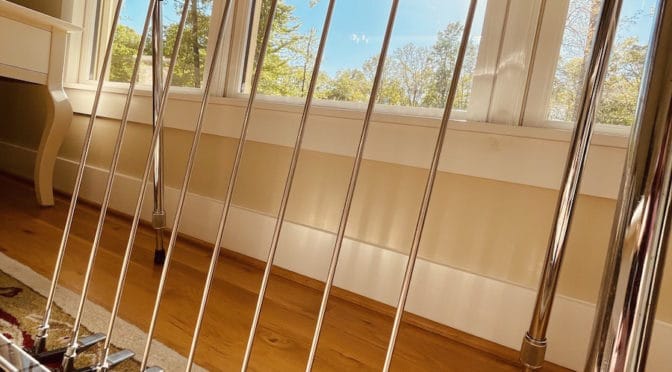As an Amazon Associate Playpedalsteel.com earns from qualifying purchases. This page contains affiliate links.
The pedals and knee levers can either raise or lower the pitch of strings on a pedal steel. They mechanically act like a guitar player’s fingers when they bend notes up or down.
For pedal steel, the left hand uses a bar to “fret” notes, and the pedals and knee levers can change the notes of the strings whenever desired.
Using the Pedals
A player pushes down on pedals with their left foot usually, affecting the tension of a string mechanically. You can usually push down two pedals simultaneously, or one at a time.
Also, you can engage one pedal and then engage another simultaneously by rocking your left foot to depress the second pedal. This technique is commonly used with the E9 tuning, and is very characteristic of traditional pedal steel sounds.
The pedals are utilized for many musical applications. By using them you can change chords, notes, and even the overall tuning by the pedals alone.
Pedal steel has a unique ability to create smooth glissandos with the pedals, and you can move between chords without having to reiterate the attack of the notes.
The pedals are also used to easily voice sixth intervals and third intervals in a lot of music.
How Many Pedals Are On A Pedal Steel?
The amount of pedals on a pedal steel is usually determined by how many necks the guitar has. A single neck commonly has three or four foot pedals, while double necks often have eight.
Double neck pedal steels with eight pedals often have the pedals split between the necks. For instance, the first four pedals will often change notes on the E9 neck, while the last four affect the C6 neck.
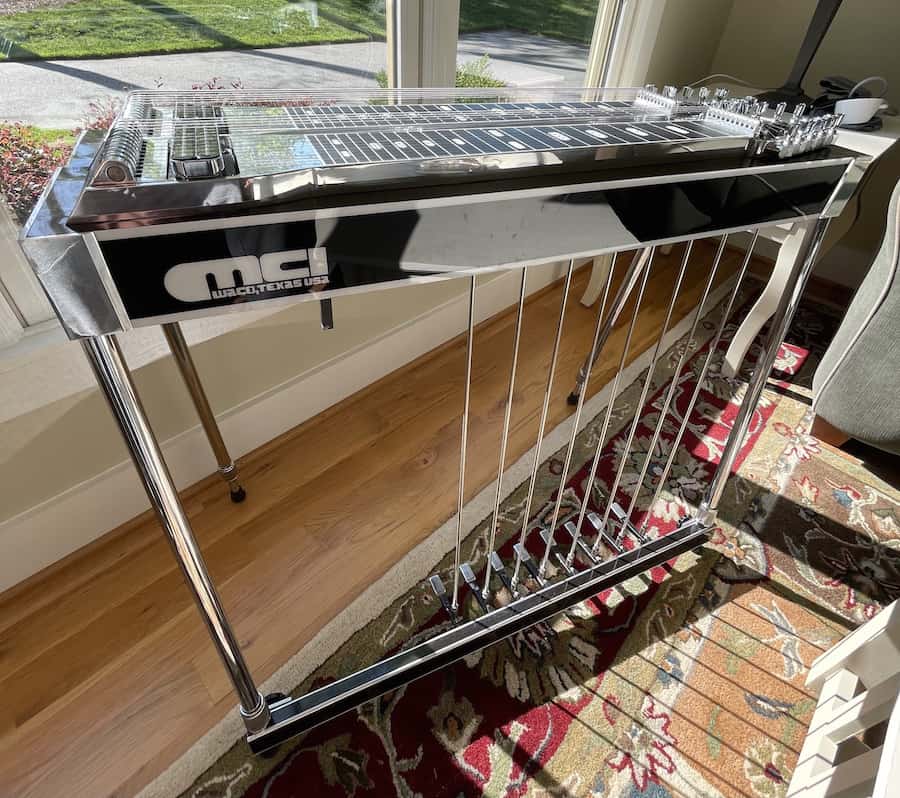
Universal tunings, which essentially combine the two tunings into a single neck, often have five or six foot pedals.
Utilizing Knee Levers
A player engages the knee levers by moving their leg and knee left or right against the lever until it stops. These are similar in function to the foot pedals, but are operated by the knees instead.
Knee levers are great to use in conjunction with pedals too, as this gives you more possibilities for voicing chords or notes. For example, a player can engage two foot pedals and one knee lever at the same time to create a lot of simultaneous raises and lowers.
Many pedal steels, whether they are single necks or double necks, have four knee levers on the guitar. Some may have more or less, and vertical knee levers can also be found on some.
The Changing of Pitch
The pedals and knee levers usually raise or lower the pitches by half steps or whole steps. Sometimes a pedal or lever will move the pitch by 3 half steps or more.
When you change the pitches of strings, you can choose whether or not you want the bending of the strings to be heard by blocking the strings with your right hand. If the picked notes are sustained while the pitches are changed then the movement will be audible.
However, if you employ the pedals or levers while the notes are not played, you can create the pitch changes for other musical uses.
In many styles of music the pitch changes are used audibly for certain effects.
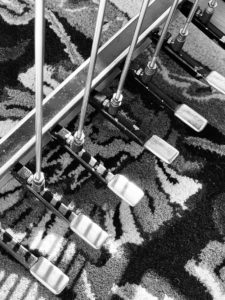
For example, they can be used for counterpoint movement, and string bending that is commonly heard in classic country playing. This is especially common on the E9 neck.
Half Stops and Half Pedal Uses
Some knee levers are designed so that a player may stop halfway in the full movement of the pedal to voice a note. If you continue pushing the knee lever to its full range, then the note will be altered even more in pitch.
You can also use the pedals to achieve a similar effect. When a pedal is only engaged halfway before it is fully depressed, then this is often considered a half pedal use.
Half pedaling requires a little more attention from a technique standpoint, as it can be challenging to do this with your foot. With practice this becomes easier by using your ear and gaining muscle memory.
Pedal and Lever Technique
Try to hold the front of your left foot over pedals A+B (Emmons Setup), while practicing on the E9 neck, so that you may depress these pedals accurately at any time. You’ll usually always want to keep your heel anchored to the ground.
Notice if your foot gets tired, which is normal since this is such a physical task. With practice and time, your left foot will strengthen and holding them over the pedals won’t feel as strenuous.
Try to get comfortable with your left foot elevated (keep heel on ground) over any pair of pedals for an extended period of time. This will help you accurately depress either the left pedal, the right pedal, or both pedals at any instant.
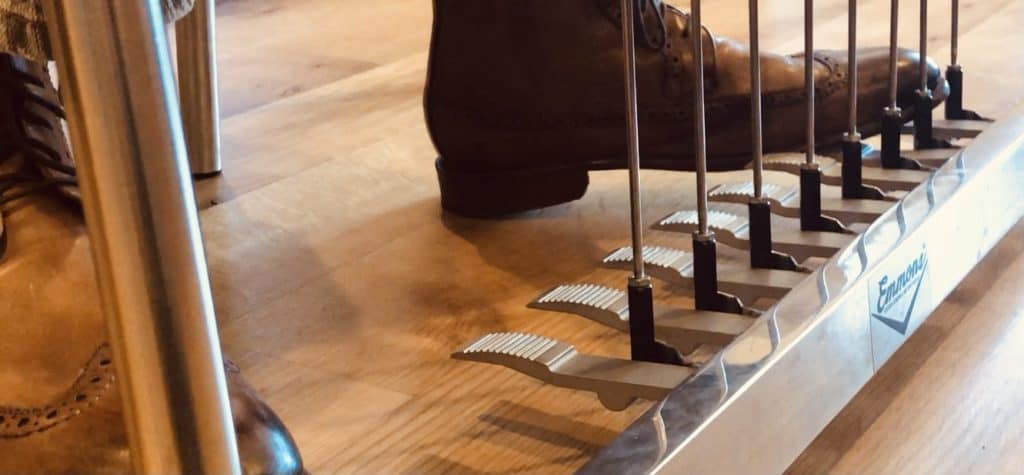
Also, practicing the fluidity of your pedal and knee lever movements between notes is very beneficial. I wrote a post on left foot pedal technique, which takes a closer look at how to get your left foot dialed in smoothly.
On the C6 neck, it is common to use both feet for pedal work. You can take your right foot off the volume pedal and place it on pedal 8, without changing your volume. This takes practice to get accurate since it can feel unnatural at first.
Also, keep in mind that you’ll want to get your right foot back on the volume pedal without changing the volume level.
What Kind of Shoes Are Best For Using The Pedals?
Although various types of shoes can feel vastly different when using the pedals, it all comes down to your preference.
Some players even play barefoot, while others are known to wear boots. The amount of force and foot travel needed to perform movement of the pedals is significantly different with these two types.
You can also play in sneakers or walking shoes to find a good balance between barefoot playing and boot playing. Keep in mind that if you practice barefoot, you may not always be able to play barefoot at gigs or certain places!
There can be a very noticeable difference in your pedal playing when you are used to using one type of shoe and then switch to another type.
I find that if I play in sneakers often, and then all of a sudden wear boots when playing, the length of the boots, and their tougher material, will require immediate physical adjustments in my playing.
Using pedals and knee levers is one of the most distinctive parts of playing the pedal steel. They bring a lot of character and playing possibilities to musical situations that the pedal steel finds itself in.
Thanks for checking out this page, hope it is helpful and makes playing more enjoyable! If you’re interested in diving deeper into playing E9 pedal steel, check out these resources and guides…
The Chord Guide for E9 Pedal Steel (E-Book, Digital Download)
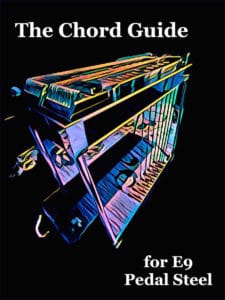
Learn the chords on the E9 neck in a way that makes playing simple and enjoyable…
- Almost Every Chord You’ll Ever Need for E9
- Intuitive and Easy to Use
- Make Use of Pedal and Lever Combinations
- Example Tabs of Chord Movements
- Easily Utilize the Nashville Number System
- Great For Any Key and Style of Music
Includes a bonus section of over a hundred pages of extra chord charts, key references, and more!
Playing Pedal Steel:
The Essentials
An easy and intuitive approach to mastering the pedal steel…
- An in-depth look at bar control, the right hand, using pedals, & the volume pedal
- Multi Angle Views – that you can always reference.
- Ways to Practice, How to Practice, What to Practice.
An online pedal steel lesson series – includes a free pedal steel EBook!
More Digital Downloads for Pedal Steel…
The Scale Book for E9 Pedal Steel
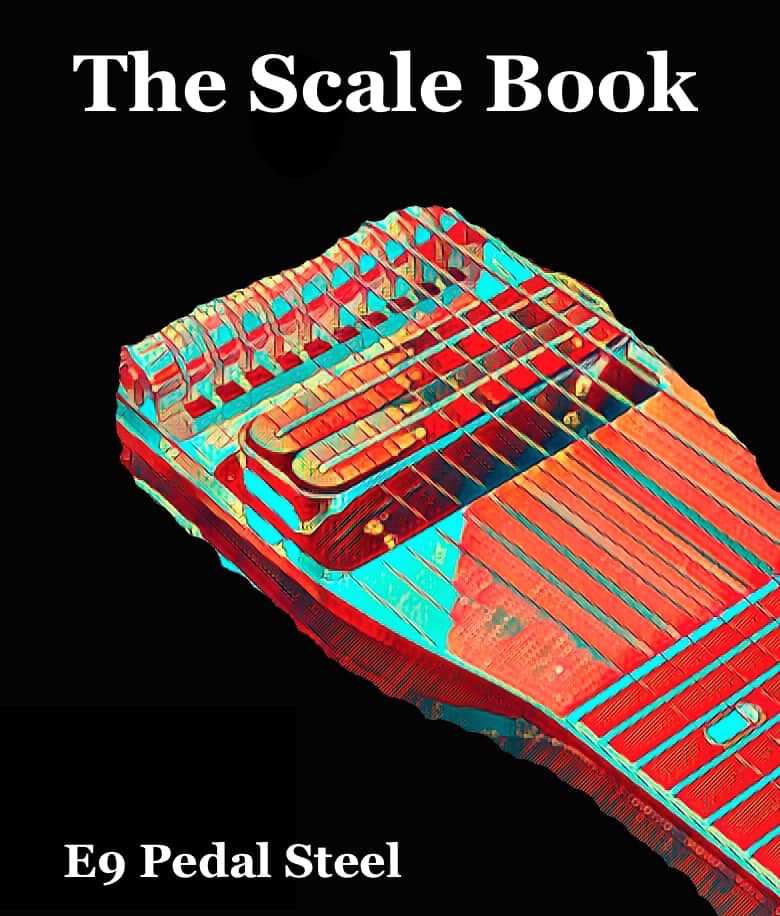
Over 1,000 Pages with Tabs and Diagrams!
- Easy to Use Reference for Practicing
- All Major and Minor Pentatonic Scales, Modes, Major Scales
- All Keys, and Covers the Fretboard
- Includes Pockets of Scales
The Art of Right Hand Technique
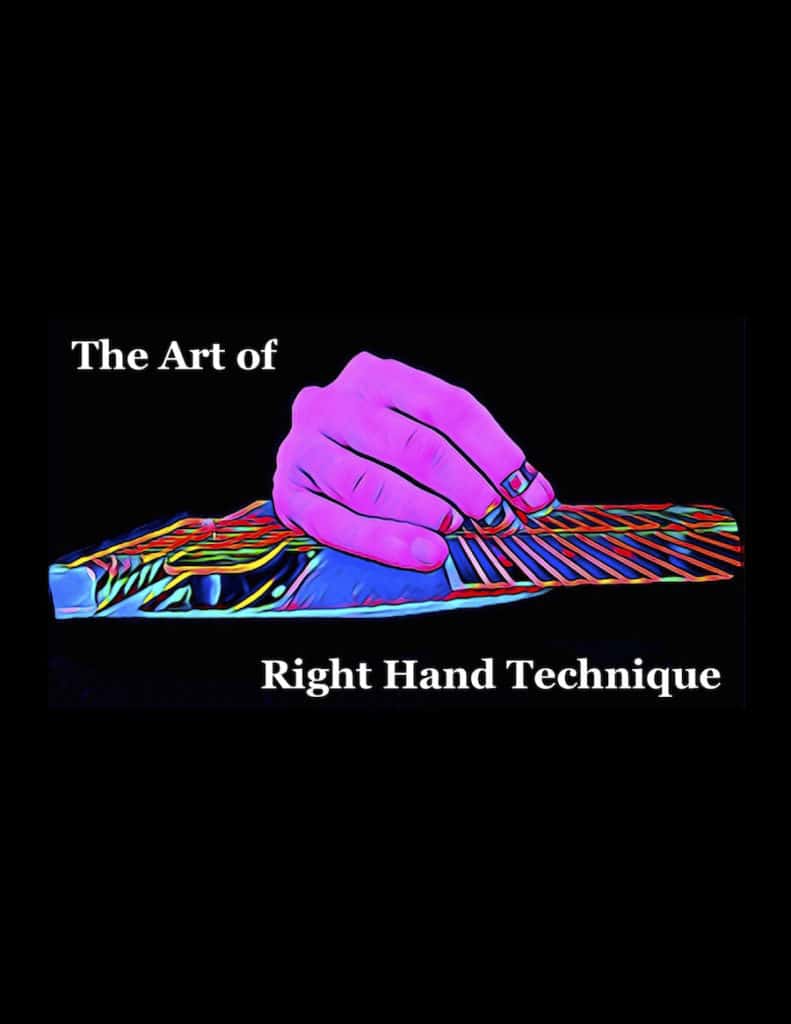
A detailed look at one of the most challenging and mysterious aspects of steel guitar playing: the right hand…
- An In-Depth Guide to Picking and Blocking
- How to Efficiently and Accurately Play Notes on Steel Guitar with Info, Advice, and Tips…
- Great for Pedal Steel, Lap Steel, and Console Steel Guitar
- Over 100 Pages with Graphics, Illustrations, & Practice Exercises
200 Country Riffs & Licks for E9 Pedal Steel
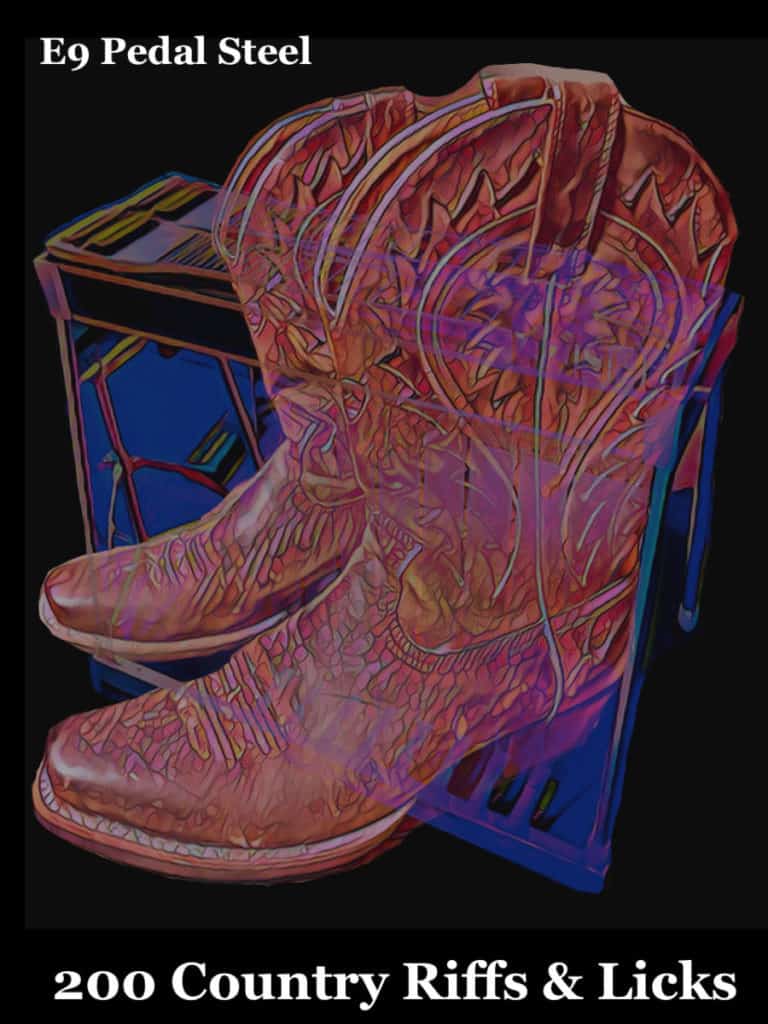
Add these country licks to your playing repertoire…
- Easy to Read Format
- Includes Rhythmic Notation
- Playing Over Chord Changes
- Great for Country, Alt-Country, & Honky-Tonk Styles
Click the links below for more about pedal steel technique…
